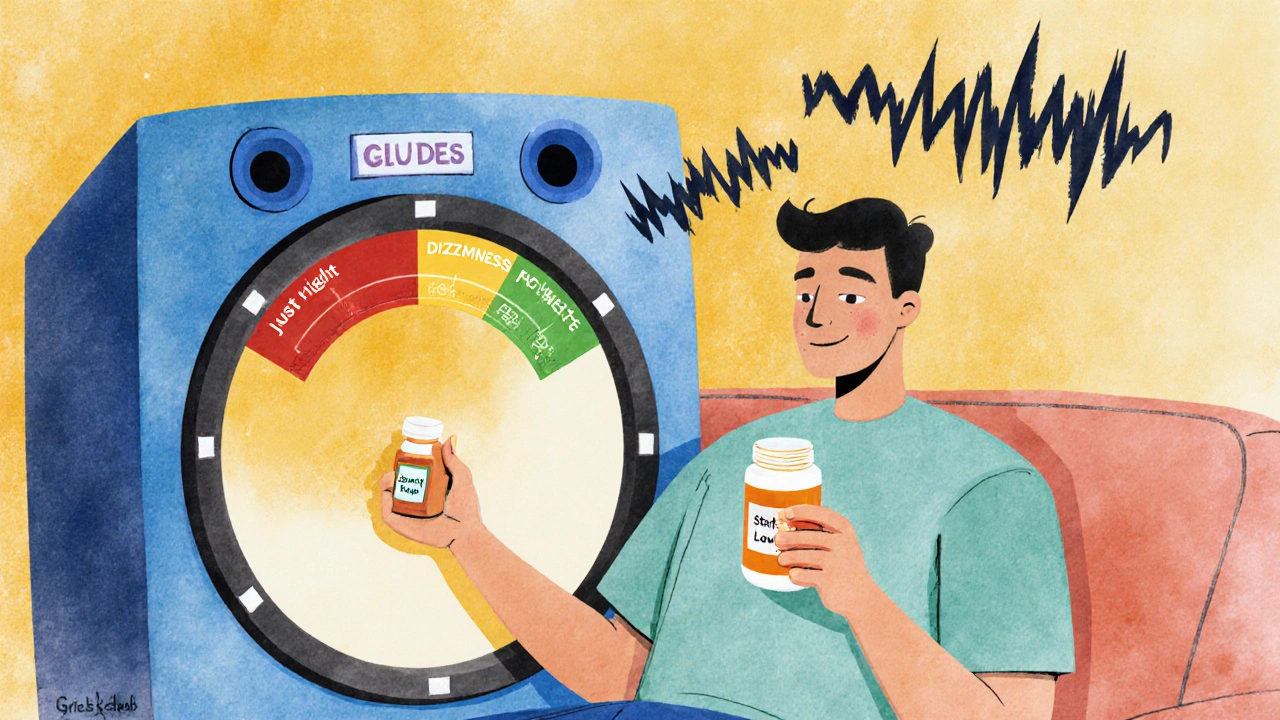When you take a pill, the amount matters just as much as the drug itself. Therapeutic dosing, the precise amount of a medication needed to treat a condition without causing harm. Also known as optimal drug dosage, it’s the science behind why two people with the same diagnosis might need completely different pill counts. Too little and the drug won’t work. Too much and you risk side effects, toxicity, or even hospitalization. This isn’t guesswork—it’s calculated, tested, and monitored, especially for drugs like digoxin, amiodarone, or hydrocortisone, where small changes can make big differences.
Therapeutic dosing doesn’t happen in a vacuum. It’s shaped by what’s in your body, what else you’re taking, and even how your liver breaks things down. For example, therapeutic drug monitoring, the process of measuring drug levels in the blood to ensure they stay in the safe, effective range, is standard for medications like digoxin or anticonvulsants. If your levels are off, your doctor adjusts the dose—not just based on weight or age, but on real-time data. Then there’s generic drug dosing, how generic versions must match the brand-name drug’s absorption and effect to be approved. That’s why bioequivalence testing isn’t just paperwork—it’s your safety net. A generic metformin or lisinopril isn’t just cheaper; it’s proven to act the same way in your system.
But therapeutic dosing gets complicated fast. Acid-reducing meds like PPIs can change how other drugs get absorbed. Decongestants can spike blood pressure when mixed with hypertension pills. Even supplements like St. John’s wort or ashwagandha can interfere with antidepressants or thyroid meds. That’s why talking to your pharmacist about what you’re taking—food, drinks, vitamins, or herbal products—isn’t optional. It’s part of getting the dose right. And when you’re on long-term therapy, like steroid replacement for Addison’s disease or daily amiodarone for heart rhythm issues, dosing isn’t a one-time decision. It’s a living plan that shifts with your health.
What you’ll find below isn’t just a list of articles. It’s a practical toolkit. You’ll see how to safely manage liquid meds on a flight, how to ask your doctor about switching to generics, why some drugs need blood tests, and how patent expirations are changing what you pay for the same dose. Whether you’re managing chronic illness, navigating new prescriptions, or just trying to avoid dangerous mix-ups, these posts give you the real-world rules—not the textbook ones.

Dose titration is the proven method of slowly adjusting medication strength to reduce side effects and improve tolerance. Learn how it works, why it matters, and what you can do to make it work for you.
read more